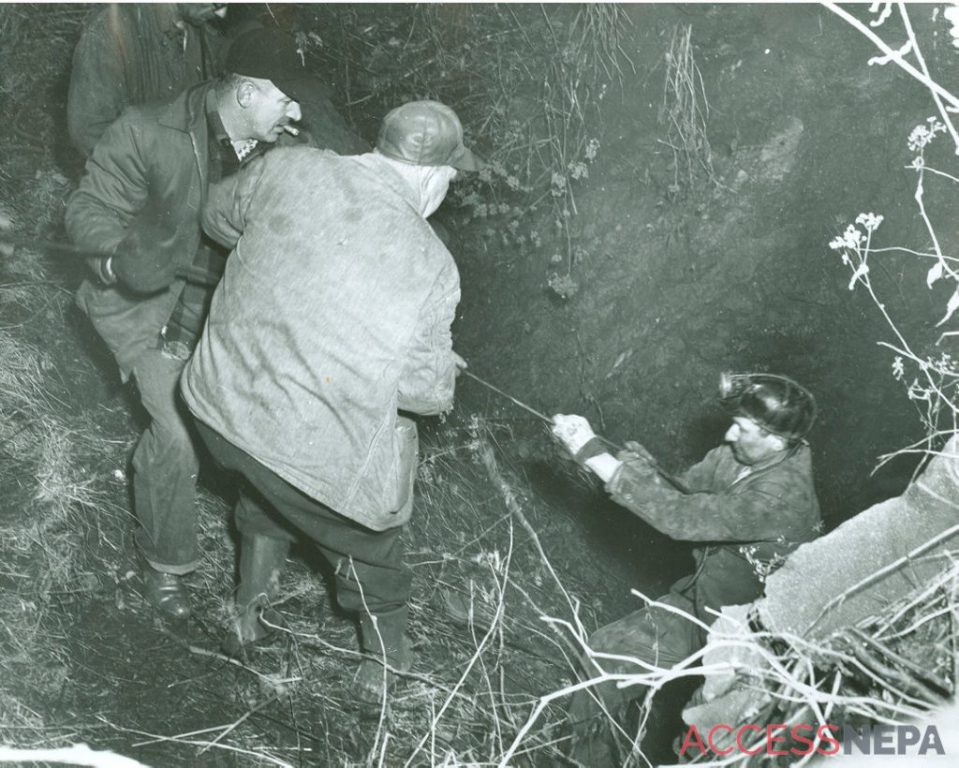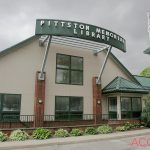BY SARAH SCINTO
Every January since 1999, the Anthracite Heritage Foundation has commemorated the Knox Mine Disaster in Pittston.
That commemoration — marking the 1959 flooding of the Knox Mine when the Susquehanna River broke through the roof of the mine on Jan. 22, killing 12 — grew over the years into Anthracite Heritage Month, and the foundation was not going to let regional history go unmarked this year in spite of the current pandemic and health guidelines.
“It all came together,” said King’s College adjunct professor Bob Wolensky, vice president of the Anthracite Heritage Foundation.
Most lectures and events for the month will be held over Zoom, which Wolensky said he has found advantageous over the course of planning.
“One of the advantages of Zoom is we can bring in people like Richard Healey,” he said, highlighting the professor from the University of Portsmouth in the United Kingdom. Healey will speak during a program on Wednesday, Jan. 27.
“There’s a lot of people who come from far and wide to study our history,” Wolensky said.
St. John the Evangelist Church in Pittston will host the annual Knox Mine Disaster Memorial Mass at 9 a.m. Sunday, Jan. 17. There will be no ceremony at the monument outside of Baloga Funeral Home in Pittston or walk to the nearby disaster site following this year’s Mass, however. Mass will be available online at st.johnspittston.com.
On Tuesday, Jan. 19, the National Industrial History Museum in Bethlehem will host “Anthracite Today: A Photographic Narrative” featuring Dane Rhys of the International Center of Photography. The program will take place over Zoom and the meeting link is available at www.nmih.org/event/anthracite-today/.
King’s College and the Anthracite Heritage Foundation will virtually host the annual Monsignor John J. Curran Lecture on Thursday, Jan. 21. This year’s speaker, Paul Shackel of the University of Maryland, will discuss the Latimer Massacre of 1897 with moderator Thomas Mackaman of the history department at King’s College.
The Luzerne County Historical Society will host a virtual program on “Family Life in the Coal Region” on Friday, Jan. 22. Speakers will include Mark Ricetti, director of operations and programs for the historical society; Tristin Millazzo, Cumberland County Historical Society, and Nicole Kolessar, University of Delaware.
The Anthracite Heritage Museum in Scranton will host the annual Knox Mine Disaster Commemoration on Saturday, Jan. 23, featuring speaker Bode Morin and music by Jay Smar.
The ceremony also will include a tribute to William A. Hastie Sr., the last survivor of the Knox Mine Disaster who died last year at the age of 101, Wolensky said.
On Monday, Jan. 25, Michael Korb of the American Institute of Mining Engineers will present research on Northeastern Pennsylvania residents who earned the Carnegie Hero Medal, an honor bestowed to those who exhibit heroism in the course of their duties. Wolensky said he looked forward to Korb’s program in particular.

ACCESS NEPA FILE
Most of the survivors of the Knox Mine Disaster were pulled to safety through the Eagle Shaft. Here, Joseph Soltis is helped out with a rope.
Healey will speak Wednesday, Jan. 27, as part of the Lackawanna Historical Society’s contribution to the month. He will discuss recent findings in his research on the miners of the Delaware, Lackawanna and Western Railroad Coal Department during the Civil War era.
The month will close with an information session Saturday, Jan. 30, about a trip Wolensky and others in the Heritage Foundation are planning with the Anthracite Heritage museum. In July, they hope to visit Scotland, England and Wales with anyone interested in joining to see their research methods to document local history.
“We’re trying to preserve local history in Northeast Pennsylvania,” Wolensky said. “We’re working very hard, but over there, they are far ahead of us.”
Despite the changes that had to happen this year, Wolensky is looking forward to recognizing the region’s heritage as they have since 1999.
“We all thought, to keep it going, let’s try to do something,” he said. “It really came together.”
For details on the events, visit the Anthracite Heritage Foundation website at ahfdn.org.
Contact the writer: sscinto203@gmail.com




